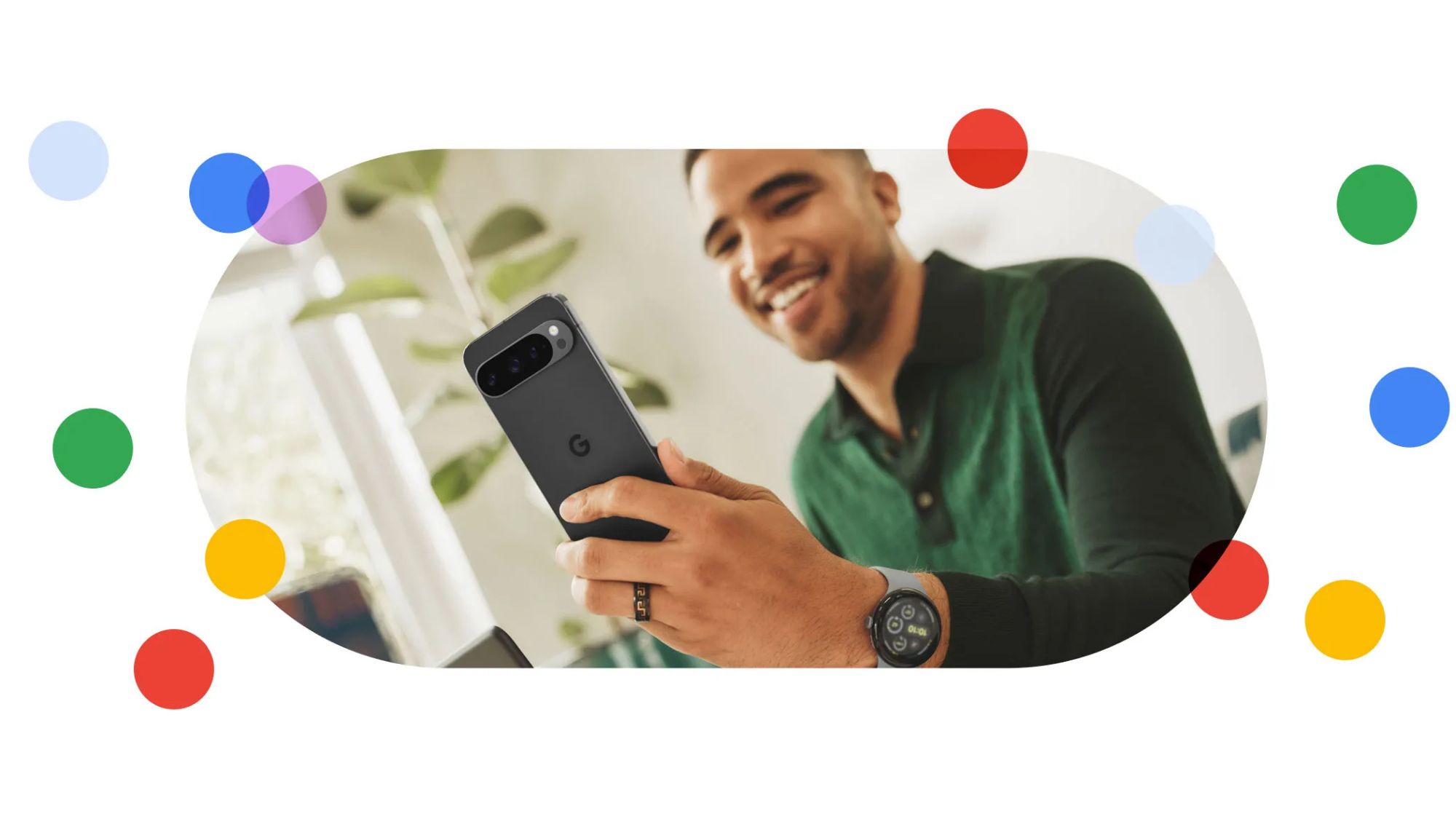Google Pixel 2 XL vs. Pixel XL: Should you upgrade?
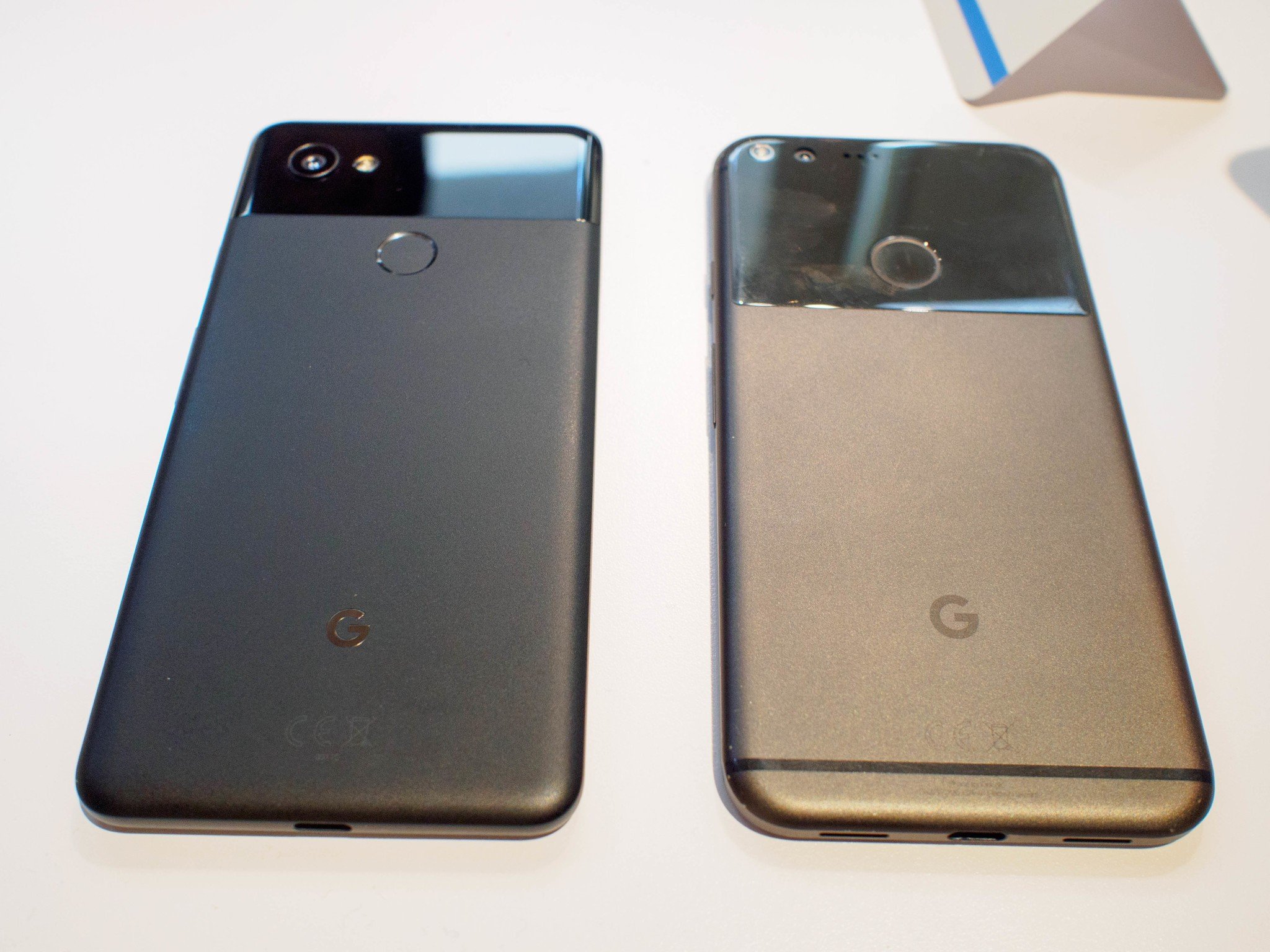
Google has shown off what they are bringing to the table for the next year with the Pixel 2 XL. Awkward name aside, it's a flagship product with a flagship price and while they are courting new converts to the Pixel brand, they're also dangling it in front of people who loved the original Pixel XL. They think you'll love this phone. And for a lot of us, they're right.
But the 2016 Pixel XL didn't magically stop working when Google took the stage. It's still a helluva phone and has at least another year of attention when it comes to updates and software. That leaves many owners of the original wondering if they should upgrade, or hold out another year and see what the Pixel 3 XL will bring. And that's not the craziest idea because a whole lot of people think the Pixel 2 XL and the 2016 Pixel XL are the two best Android phones you can buy.
Let's break things down so you can decide if you need to part with some cash this year or wait for next year.
What's changed
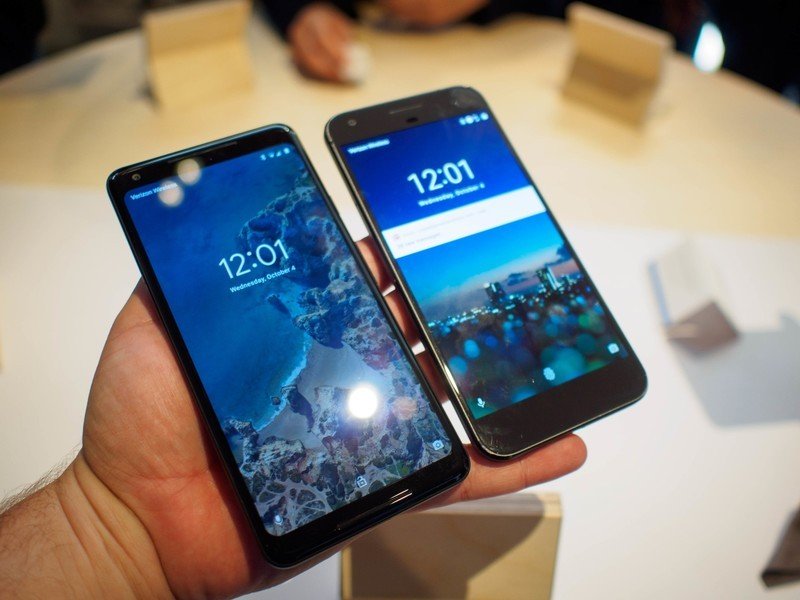
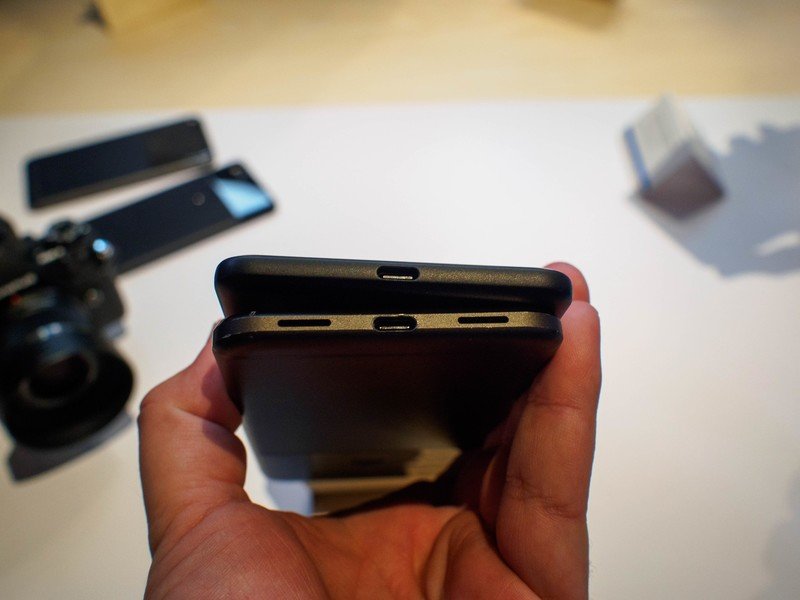
There are a couple of big differences between the two phones. For starters, they look very different from each other.
The original Pixel XL used the industry standard "cinematic" 16:9 display aspect ratio. The 5.5-inch 1440 x 2560 AMOLED panel is in a body that measures 6.09 inches tall and 2.98 inches wide, creating a screen to body ratio of 71.2%. Yeah, there are bezels. Big ones. The Pixel 2 XL changes things up a bit and uses the new 18:9 aspect ratio.
The Pixel 2 XL is taller but narrower than the original thanks to the new screen aspect ratio.
That's the same tall and narrow footprint we see with the Galaxy S8 and LG V30. It packs a 6-inch 1440x2560 AMOLED display in a body that's 6.22 inches tall and 3.02 inches wide, which figures out to a 76.4% screen to body ratio. Yes, there are still big bezels. But this time they are only on the top and bottom, and those have front-facing speakers in them. But there is no headphone jack, so you'll be buying expensive new headphones or living that #DongleLife with a USB-C to 3.5mm TRS jack adapter if you don't do the Bluetooth thing.
This is the kind of change you either instantly hate or instantly love. These Long Tall Sallies feel very different when you're holding them, and there's no way to pretend that they don't. Don't assume you'll love it or hate it if you haven't held a phone built this way — hit a store somewhere and grab the floor demo Galaxy S8+ they'll have and see for yourself.
Be an expert in 5 minutes
Get the latest news from Android Central, your trusted companion in the world of Android
That new Snapdragon smell
An equally significant change is what's behind the displays. The Pixel XL runs on a Snapdragon 821 and performs beautifully. The Pixel 2 XL runs on a Snapdragon 835 and should perform even more beautiful because the 835 is faster at, well, everything.
It's hard to bog down the engine that drives the original Pixel XL. Doing regular "phone things" isn't going to tax the processor, or the GPU, or any other component inside the 2016 XL. That takes some serious 3D gaming or some Daydreaming, which are both things people also like to do when they're not doing regular phone things. Software engineers were able to find the limits of the 821, and while those limits were pretty "up there" we still could use a bit more.
A new chipset means more power, longer battery life, and new ways to destroy both with amazing apps and services.
The 835 brings a bit more. It's no surprise. "New chipset outperforms old chipset" isn't news to any phone fan. We know that newer equals faster and better battery life every single time. But the 835 has another trick up its sleeve when it comes to your LTE connection. It's ready for what's next.
Qualcomm calls the Snapdragon 835 chipset "Gigabit-class" when it comes to LTE tech. You have a CAT 16 modem, with 3x20 MHz carrier aggregation and 256-QAM on the download. While it's not technically a gigabit device, it can reach speeds of 800Mbps. Your 2016 Pixel XL will never be able to do this, even when the carrier you use has the network in place.
We've seen LTE networks with some of this new tech in test markets so it won't be long before a carrier starts the nationwide update roadmap. There's a very good chance your network will offer the next-generation of LTE before it's time to switch phones. The Pixel 2 XL will be ready for them and the OG Pixel XL won't.
More: Pixel 2 XL Specs vs. Pixel XL Specs
Camera lovers corner
The Pixel 2 XL also brings a much better camera. That's quite a feat considering the 2016 Pixel XL had one of the best cameras of any phone. Part of this is the hardware — a new sensor, a new lens, a new ISP (Image Signal Processor) on the Snapdragon 835 chip, and the addition of OIS (Optical Image Stabilization) as well as Google's insanely good gyroscope-based electronic stabilization. The send factor is the software. We assume the camera app itself will be the same on both Pixel XLs but that doesn't mean the features will be the same.
AR is going to be a big part of the Pixel 2 XL camera experience.
The Pixel 2 XL will feature AR-style capabilities that we've not seen on Android before. At least not on regular-not-Tango-phone Android. Demos of Stranger Things characters digitally imposed inside your AR world are just the tip of a developer iceberg, and we expect to see some exciting things. The same goes for the new computational photography demos of things like portrait mode. the original Pixel XL will be able to take advantage of some of this code, but the new camera package and image processor on the Pixel 2 XL will outclass it in every way.
Ask yourself if the camera in your Pixel XL is good enough. It's very good. But when you see something better you can't pretend that it's not there.
Some things stay the same
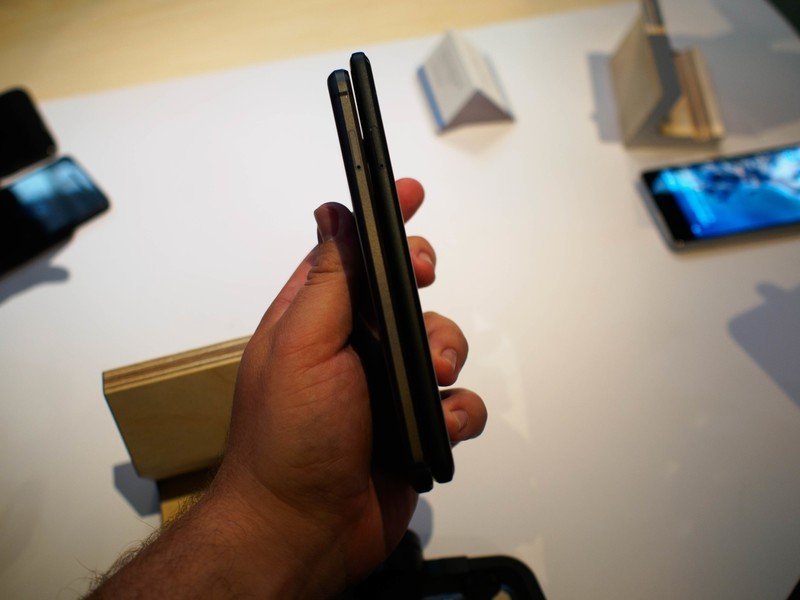
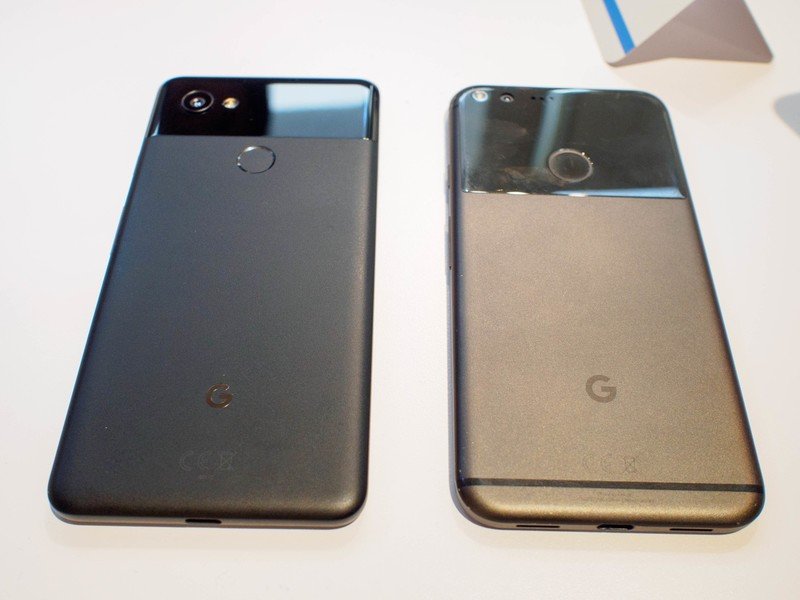
The Pixel 2 XL runs what Google calls a "special" version of Android Oreo. We're almost certain that means Android 8.1 which is also coming to the 2016 Pixel. Bottom search bar and all.
Even then, the changes will be hardly recognizable. Google has been footloose and fancy-free in the past when it comes to changing the entire design of the user interface with a new Android version. Who can forget the blacks and greens of Gingerbread or the Tron-inspired Holo(YOLO) Honeycomb? Google apparently, because the new Material Design UI language looks nothing like either. But Android 8.1 will look exactly like Android 8.0. Which looks exactly like Android 7.1.1, which ... you get the picture here.
The operating system isn't changing so you'll have to learn to love bright colors and white apps.
We're not saying this is a bad thing. You might not like Google's new bright and cheerful interface, but everyone likes consistency. If Google thinks this is good, it's time to refine not reinvent. the user experience doing those "phone things" we mentioned up the page will be almost identical between the two phones, minus the new screen aspect ratio. Little surprise features that come to the Pixel 2 XL will also come to the original and bigger surprise features should be few and far between; think new camera effects and the like.
So, yeah. Google is copying Apple here with its new Android iPhone. But this time, we're glad to see it. And don't worry — themes will be a thing if you hate the cheery interface.
The most important difference

With the announcement of the Pixel 2 line, Google told us they were extending the guaranteed life of the Pixel 2 phones by a full 12 months.
What that means is that instead of being promised two years of Android platform updates, we're now promised three years. The Pixel 2 family will most likely see Android P (Peanut Butter & Jelly?), Android Q (Quesito?) and Android R (Root Beer?). Both phones will get security updates and bug fixes for three years, but a new version of Android is a much bigger undertaking. Your 2016 Pixels will probably stop at Android PB&J.
Three years of platform updates mean the battery will be a goner before you stop getting them.
This matters. A lot. A whole lot. We're spending close to $1,000 on these phones, and there is absolutely no reason we shouldn't be able to enjoy everything they have to offer for three years or more. Of all the "Google copies the iPhone" arguments we hear, this is the best one. We're ready for one more year even.
And remember, if you plan to wait it out and jump on the Pixel 3 XL your 2016 Pixel XL isn't going to fetch much cash when you sell it because it's an end-of-life device. A lot of wheeling and dealing can happen with phone fans, and this can make a big difference in those 2018 phone-buying-finances.
So should you upgrade or not?
As we said before, go hold and fondle a Galaxy S8+ if you've never used an 18:9 phone. It's a very close feel to what the Pixel 2 XL is going to bring. If you can't deal with it, you know what to do here.
Are the changes worth $850? Maybe.
For those that dig the new shape or just don't care, the question isn't easy but it's simple: Three years of updates, a new camera, and a faster chip come with the Pixel 2 XL. Do you need any of those things? Do you want any of those things enough to spend $850 (or $950 if you go for 128GB of storage)? Both are a good choice and chances are any of us would be happy with the 2016 Pixel for another year.
But wanting things is fun. I would upgrade. I hate the new aspect ratio. I hate not having a headphone jack. But I love computational photography and image signal manipulation (yeah, I'm no fun at parties either) so I say yes. Spend the dough on the new model and probably start saving with the next one while you're at it.
What about you?
Like we said, both choices are great this time. The 2016 Pixel XL will stand shoulder to shoulder with most any phone you can buy in 2017 and if you like the features and software nobody will blame you for keeping your money and enjoying your phone. On the flipside, the Snapdragon 835, a new camera system and three years of updates are pretty amazing.
Are you planning on upgrading or have already ordered? Suss it all out in the comments and help all the undecided people out!

Jerry is an amateur woodworker and struggling shade tree mechanic. There's nothing he can't take apart, but many things he can't reassemble. You'll find him writing and speaking his loud opinion on Android Central and occasionally on Threads.
